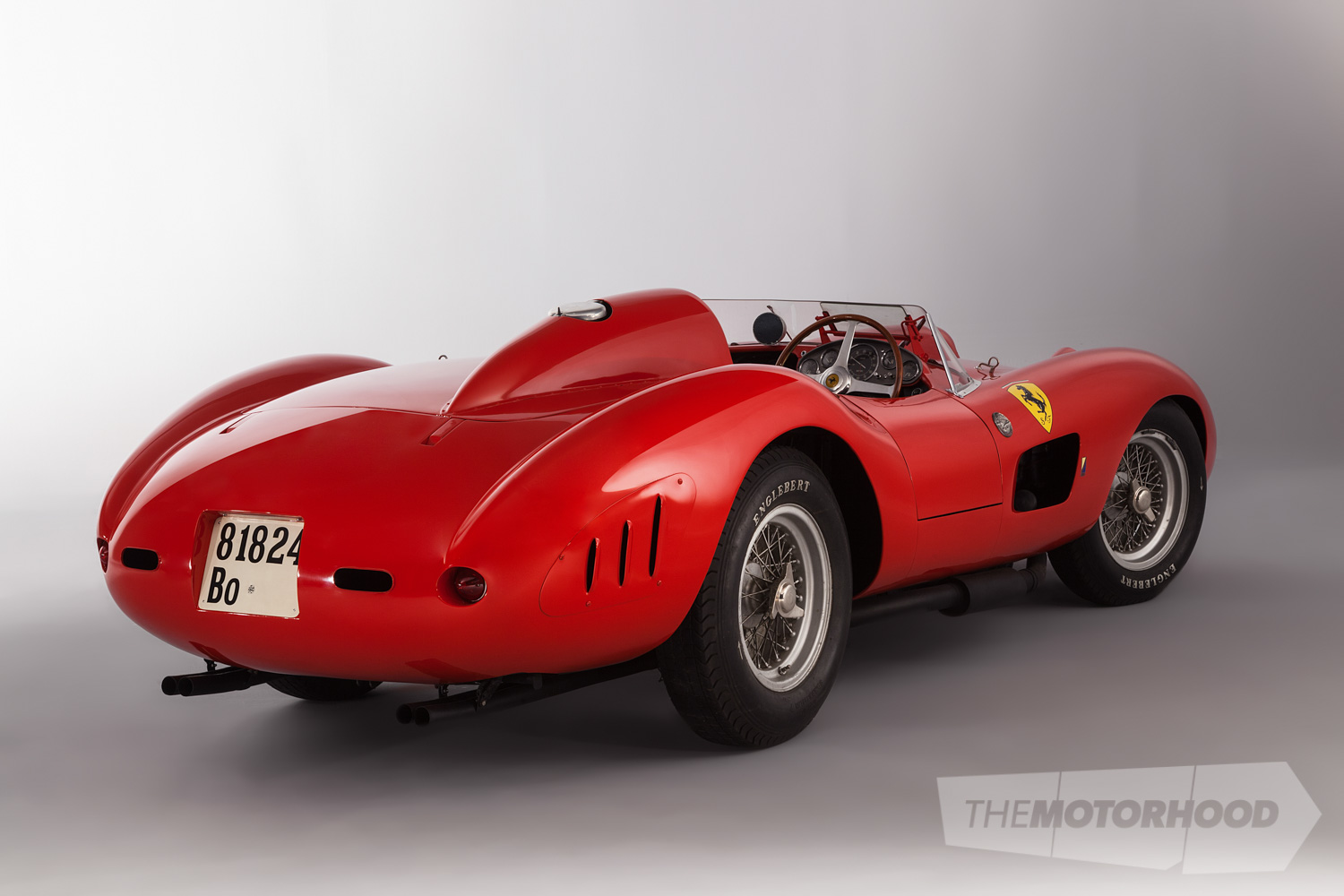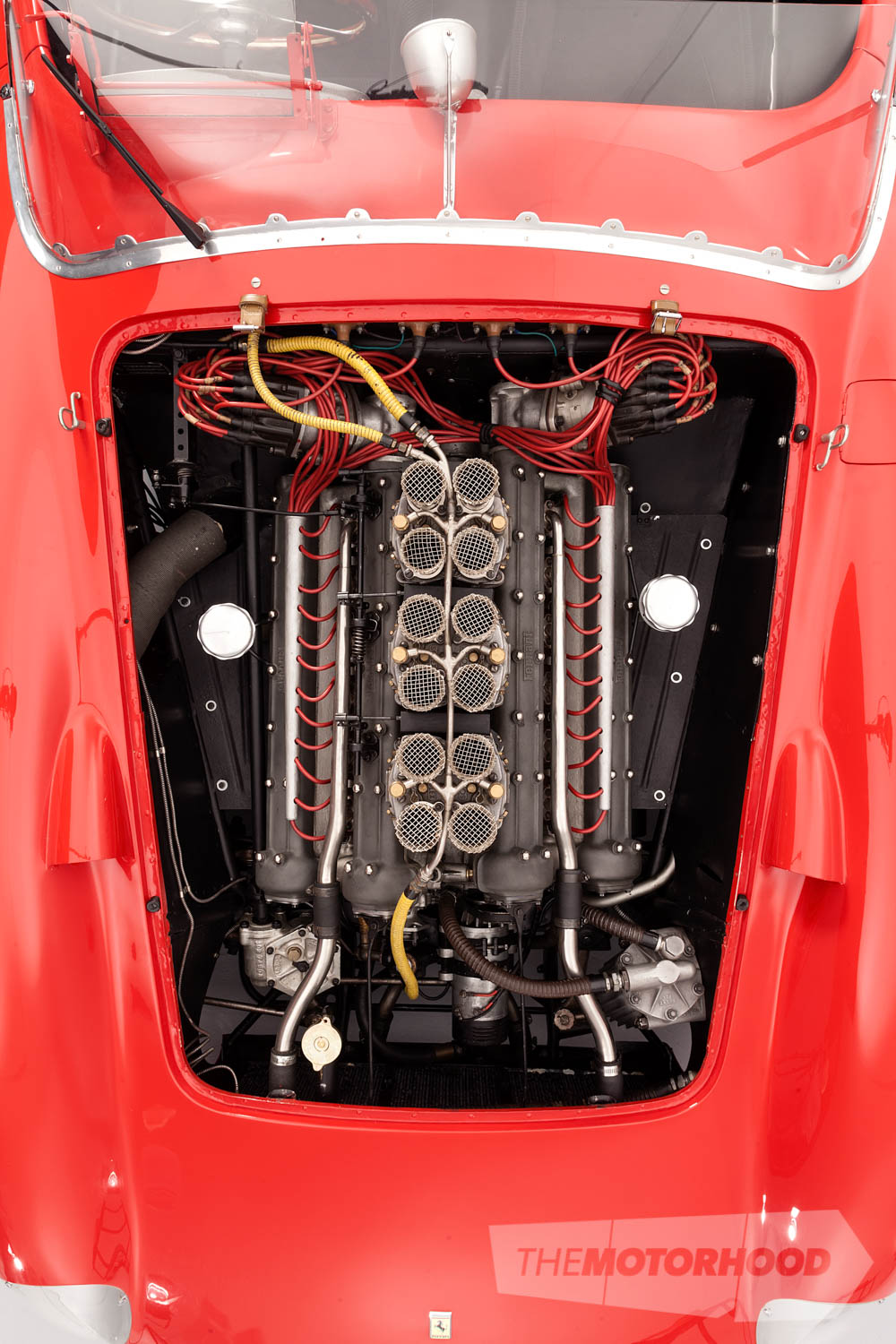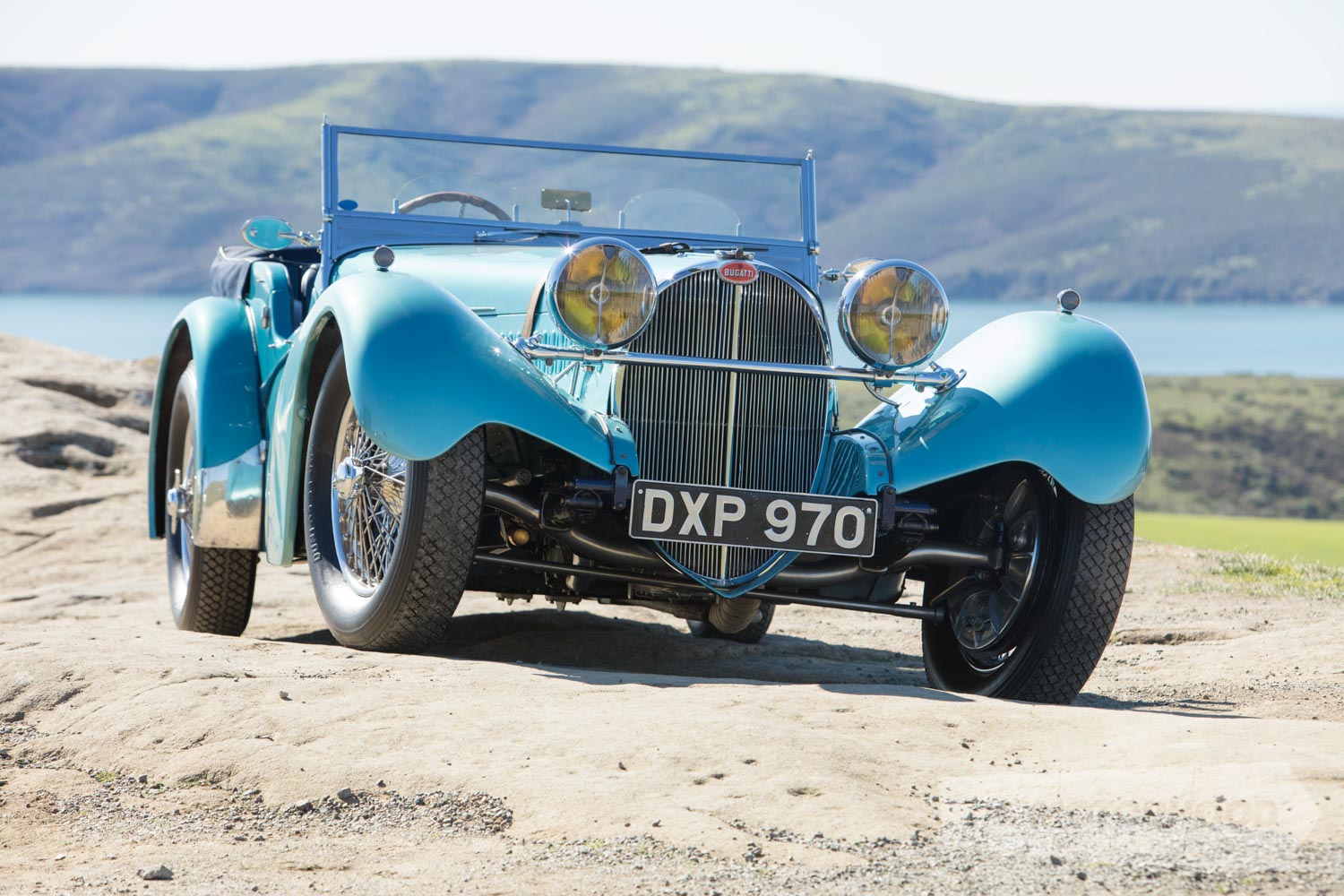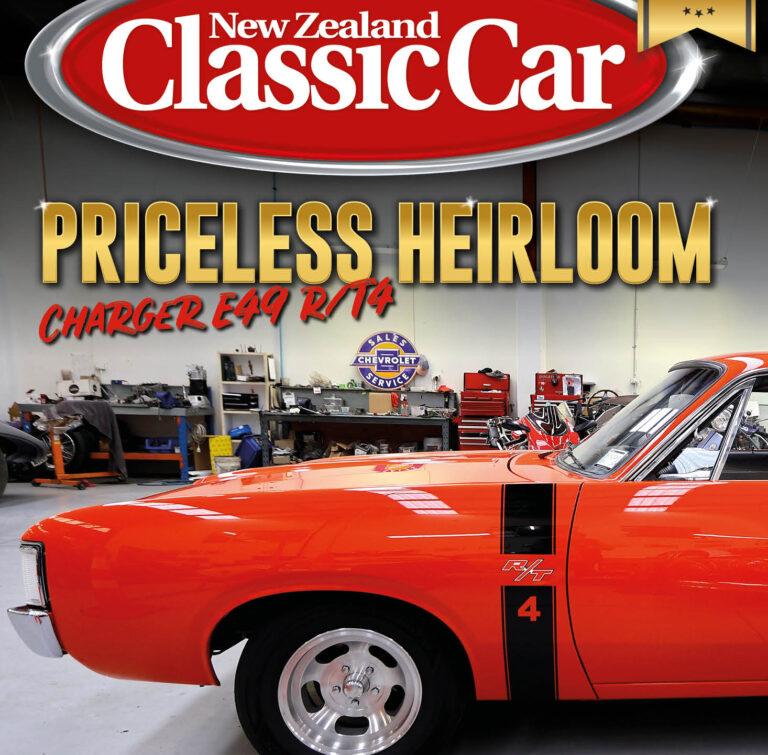What better way to start off a new monthly feature about the international auction scene than with a world record? At the beginning of the last quarter of 2015, there was a little bit of doom and gloom being spread about the future of the classic car market. The Keno Brothers big bonanza held in New York in November was perhaps not the resounding success that many had anticipated, despite the marvellous auctioneer Simon Hope wielding the gavel. The first couple of big auctions of the new year held in Scottsdale, Arizona, did little to dispel the thought that there was a slowdown, ‘average’ cars were not going to continue to bring in crazy prices, and estimates were by and large too high, resulting in a lot of cars being passed in.
Most expensive
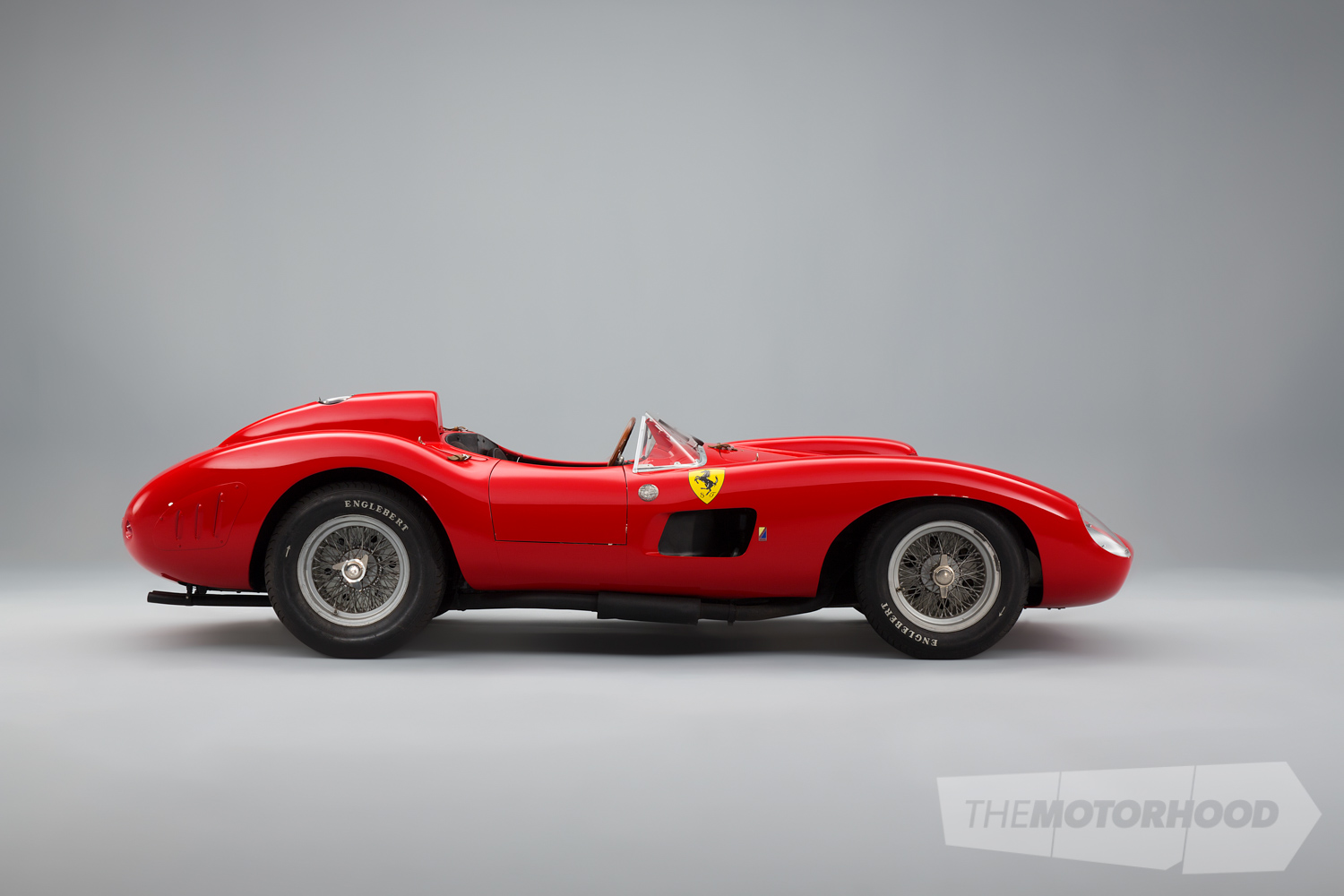
But, hang on a minute, having said that, RM Sotheby’s did finish 2015 with the sale of that year’s most expensive car and the third-most-expensive car ever sold at auction — the 1956 Ferrari 290 MM with a Scaglietti body, which went for US$28.05M including buyer’s premium (IBP). At the same sale in New York on December 10, it also sold a 1962 Aston Martin DB4 GT Zagato for US$14.3M IBP. Obviously, for the really good stuff, the market is not that bad!
Paris in February this year firmly re-established the premise that cars that ‘tick all the boxes’ will continue to bring in the money. And, to bring in that money, those boxes (in no particular order) are: originality, condition, rarity, provenance, and desirability. So it was, then, that on February 5, Artcurial sold the magnificent 1957 Ferrari 335 Sport Scaglietti, chassis number 0674, for a staggering €32.1M IBP, the equivalent of US$35.7M. This was a world record for a car sold at auction in euros and sterling and for a vehicle driven by such notables as Peter Collins, Maurice Trintignant, Wolfgang von Trips, Mike Hawthorn, Luigi Musso, Masten Gregory, and Stirling Moss.
Artcurial has now had two incredibly successful sales in February at Retromobile, following the 2015 sale of the amazing time-warp Baillon collection, and this year’s historic record-breaker. Bonhams, too, went pretty well in Paris at the prestigious venue of the Grand Palais, while RM Sotheby’s — now 12 months into its partnership — continues to go from strength to strength.
2016 offerings
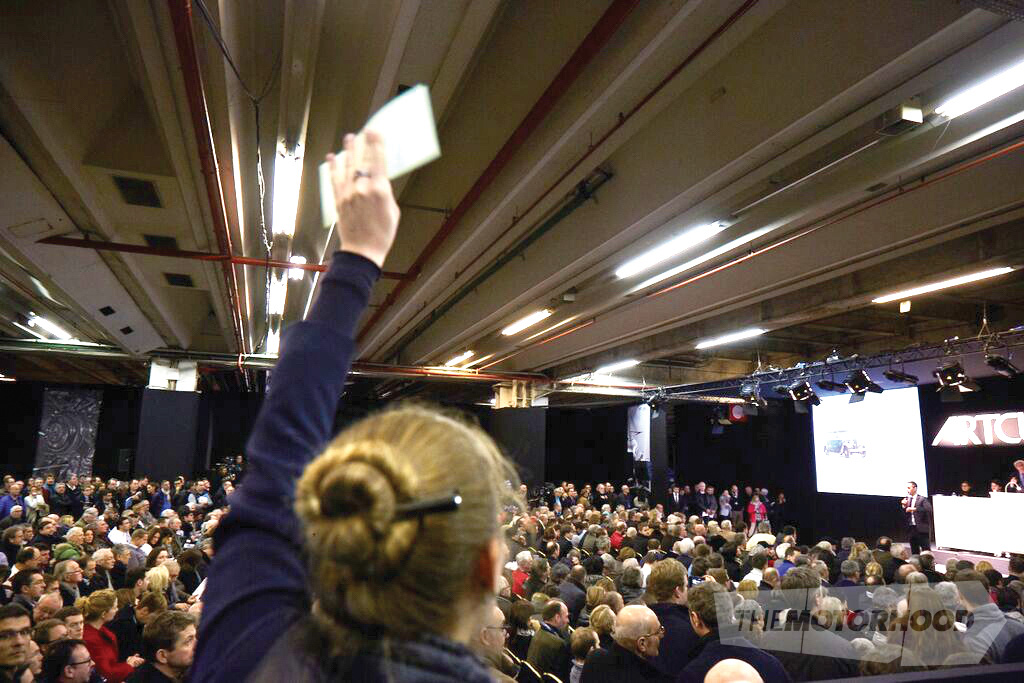
So, what does the future hold for 2016 after the excitement of Paris? Coming up in March and April, we have important sales taking place in the US. At Amelia Island, on March 11, Gooding and Company will be offering an interesting selection of Porsches, including a 1955 550 Spyder from the collection of comedian Jerry Seinfeld, while, the day before, Bonhams will have a 1937
Bugatti 57SC Sports Tourer with one-off coachwork by Vanden Plas on the block with an estimate of US$11–13M. Closer to home, in Australia, Shannon’s has its Sydney Autumn Classic Auction on March 14, and Theodore Bruce has some interesting Rolls-Royces on offer from its Collection of a Country Gentleman in Sydney on March 20.
All eyes will, however, continue to focus on the Ferraris — between September 1, 2014 and August 31, 2015, Ferraris were responsible for 33.91 per cent of the total turnover (US$1.229 billion!) of all cars sold at auction, according to the figures collated by the authors of the Classic Car Auction Yearbook.
It could be the right time to pull yours out of the shed …
Cont.
We are truly experiencing exciting times and emerging trends. With so much happening in the world of classic cars, I thought hard about what to cover here, until I remembered that, for five magical days each February, the city of Napier is transported back to the era of the 1920s and ’30s by way of music, fashion, aircraft, trains, and charm, to celebrate the region’s stunning heritage and the courageous rebirth of this beautiful city from the devastating 1931 earthquake. From the rubble, Napier created an amazing city with a then-fashionable art-deco flavour that has an appeal which continues to travel across generations.
But, what goes on at the Art Deco Festival? What drives crowds from every corner of New Zealand and overseas to visit?
Being a car man myself, I could not help but admire the prized classic and vintage vehicles that made their way to this event. It dawned on me that the answer I sought was right in front of my eyes — Napier has created its own brand and, with this brand, established a trend for future generations.
At the festival, one could see people of all ages dressed up to admire the sumptuous and spotless pre-war cars and one could clearly see a growing number of future art-deco aficionados in the making — young hobbyists, including small children and boys and girls, admiring and looking at vehicles that they would hope to own one day, so that they too may participate in upcoming Art Deco Festival events and enjoy a vintage or classic vehicle with their friends and families. It was great to see such enthusiasm and admiration shared by both young and old.
Increasing values

Vintage and classic vehicles are becoming increasingly important and valuable, and the industry must encourage future generations to continue preserving what those before them began for them.
The event is clearly a sign that the New Zealand classic and vintage car market is maturing and yet remains young when compared with that of antique art, watches, or furniture, as well as that classic and vintage vehicles remain a big part of our culture.
It is appropriate to suggest, then, that original and/or restored-to-original classic and vintage vehicles (by this, I mean 30-plus-year-old vehicles, which are eligible for club memberships) are both a document of history and a recognized future investment, and it is important that upcoming generations are introduced to the scene. Maybe not necessarily through a vintage vehicle — a 30-year-old original or restored-to-original Toyota Corolla can be considered a future classic as well.
Undying passion
It is true that the average age of club members can be 60-plus and true that they may be more inclined towards vintage motoring, but we must also remember that these were the cars of their generation (in the same way that a Toyota Corolla attracts a younger following), but many active members within clubs are proactive and young at heart, as was evidenced at the recent Art Deco Festival and the Vero International Rally held in Dunedin. In addition, the younger enthusiasts that could join up are missing out on tapping into the knowledge bank of the current members, who are more than willing to offer advice and assistance to those with limited mechanical knowledge. It’s the undying passion for vehicles and the historical aspects of motoring that can narrow the generation gap in clubs.
Further, if we want to merge the generations, protect our heritage, and see our investments flourish, the focus must remain the vehicles themselves, because classic and vintage vehicles should continue being looked at as part of New Zealand’s heritage.
It is through events such as the Art Deco Festival that we can introduce future trends to this industry and ensure their security. It is through such events that classic and vintage vehicles and upcoming classics can be looked at and continue to be looked at as alternative investments to stocks and property — tangible assets that we Kiwis can control, see, admire, and enjoy.
Returns
Current trends show that baby boomers are taking a more practical approach by lightening their loads sooner, because their kids aren’t interested and their own interest as they approach their 80s is understandably starting to wane. We probably won’t see a generation of similar size until the so-called millennials hit their peak earning years in a few decades. However, as things stand, it remains questionable whether they will care about the cars of their grandparents and great-grandparents — or any cars, for that matter.
On the flip side, both classic and vintage vehicles are gaining attention nowadays due to their near-500-per-cent returns over the past decade, outpacing art and wine by more than 100 per cent. Ten years ago, in Europe and in the US, vintage and classic vehicles were looked at as collectibles, so it’s pleasing to see that upcoming generations in New Zealand are today recognizing this.
So, the trend I promote here is an organized form of passion investment; a trendy, fun investment where one allocates wealth towards high-value collectibles, such as classic and vintage vehicles.
I will share more thoughts on how to achieve this next month. In the meantime, I shall continue looking for good quality, mint-to-concours classic and vintage vehicles. This not only preserves our heritage in our homeland but also sets a trend that will appeal to both existing and upcoming generations.

